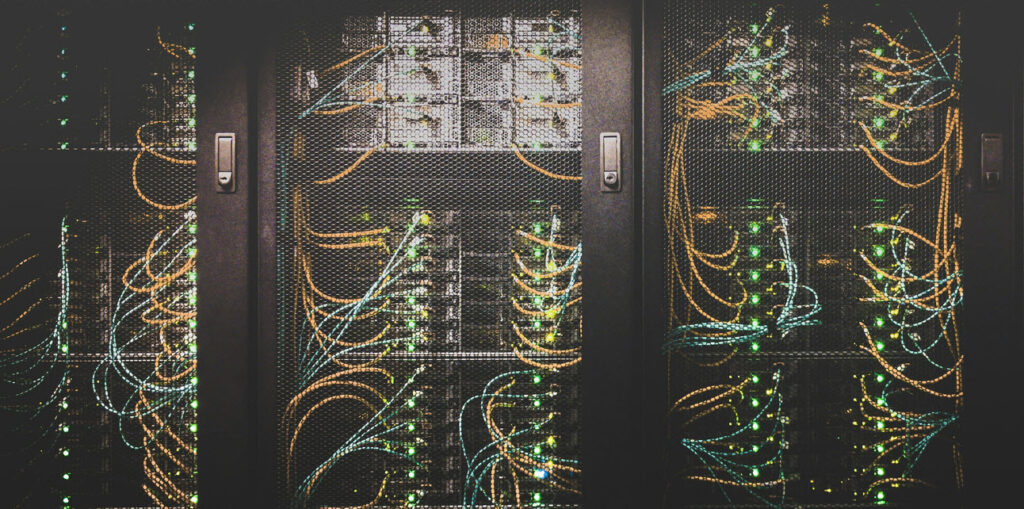
In today’s increasingly digital world, protecting networks from cyber threats is more critical than ever. Network security devices are essential tools that help prevent unauthorized access, data breaches, and cyberattacks. These devices act as barriers between the internal network and potential threats from the outside world. Whether you’re a business owner or an IT professional, understanding the various types of network security devices can significantly enhance your cybersecurity strategy.
In this article, we’ll explore the most common types of network security devices used in modern cybersecurity environments and how each contributes to a robust security framework.
1. Firewall
A firewall is one of the most fundamental and widely used network security devices. It acts as a gatekeeper, monitoring incoming and outgoing traffic based on predefined security rules. Firewalls can be hardware-based, software-based, or a combination of both.
Types of Firewalls:
- Packet-filtering firewalls inspect packets and block those that don’t match the security criteria.
- Stateful inspection firewalls track the state of active connections and make decisions based on the context.
- Next-generation firewalls (NGFW) offer deep packet inspection, intrusion prevention, and application awareness.
Purpose:
To prevent unauthorized access and block malicious traffic from entering or leaving the network.
2. Intrusion Detection System (IDS)
An Intrusion Detection System (IDS) monitors network traffic for suspicious activities and known threats. Unlike firewalls, which prevent access, IDS works by detecting and alerting administrators to potential security incidents.
Types of IDS:
- Network-based IDS (NIDS): Monitors entire network traffic.
- Host-based IDS (HIDS): Focuses on individual devices or hosts.
Purpose:
To identify and report suspicious behavior or potential threats in real-time, allowing rapid response to prevent damage.
3. Intrusion Prevention System (IPS)
An Intrusion Prevention System (IPS) is similar to IDS but with an added layer of functionality. Instead of just detecting threats, an IPS actively blocks or prevents identified malicious traffic in real-time.
Key Features:
- Deep packet inspection
- Automatic threat response
- Malware signature detection
Purpose:
To not only detect but also stop potential cyberattacks before they can cause harm.
4. Virtual Private Network (VPN) Gateway
A VPN gateway allows secure remote access to a private network. It encrypts the data traveling between the user and the network, making it unreadable to outsiders.
Common Uses:
- Secure remote work access
- Safe browsing over public Wi-Fi
- Secure data transmission
Purpose:
To ensure data privacy and protect information from interception during transmission.
5. Unified Threat Management (UTM) Appliance
A Unified Threat Management (UTM) device is an all-in-one security solution that combines multiple security features into a single device. It typically includes a firewall, antivirus, anti-spam, content filtering, and intrusion prevention.
Advantages:
- Simplified management
- Centralized threat monitoring
- Cost-effective for small to medium businesses
Purpose:
To provide comprehensive security coverage using a consolidated approach.
6. Network Access Control (NAC)
Network Access Control (NAC) devices manage who and what can access the network. It enforces security policies by allowing or denying device access based on compliance with the organization’s security standards.
Key Features:
- Device authentication
- Policy enforcement
- Endpoint compliance checks
Purpose:
To control access to the network and ensure only authorized and secure devices are connected.
7. Data Loss Prevention (DLP) Systems
DLP systems are designed to detect and prevent unauthorized data transfer. They monitor sensitive data and prevent users from accidentally or maliciously sharing confidential information.
Common Features:
- Data classification
- Policy enforcement
- Encryption and masking
Purpose:
To safeguard sensitive data and ensure compliance with data protection regulations.
8. Antivirus and Anti-malware Gateways
These gateways scan and block viruses, malware, and other malicious code at the network level before they reach the endpoint devices. Unlike traditional antivirus software that works on individual machines, these gateways protect the entire network.
Benefits:
- Centralized malware detection
- Real-time updates
- Protection against email and web-based threats
Purpose:
To act as a proactive defense layer against known and emerging malware threats.
Conclusion
Cybersecurity threats are evolving rapidly, and so must the defense mechanisms. Utilizing a combination of network security devices such as firewalls, IDS/IPS, VPNs, and UTMs helps organizations establish a robust and layered security posture. Each device plays a unique role in protecting against different types of threats, making it crucial to understand their functions and benefits.
Implementing the right network security devices not only protects critical assets but also ensures compliance with industry regulations and standards. As cyber threats become more sophisticated, investing in these tools is no longer optional—it’s a necessity for long-term business continuity and data protection.









